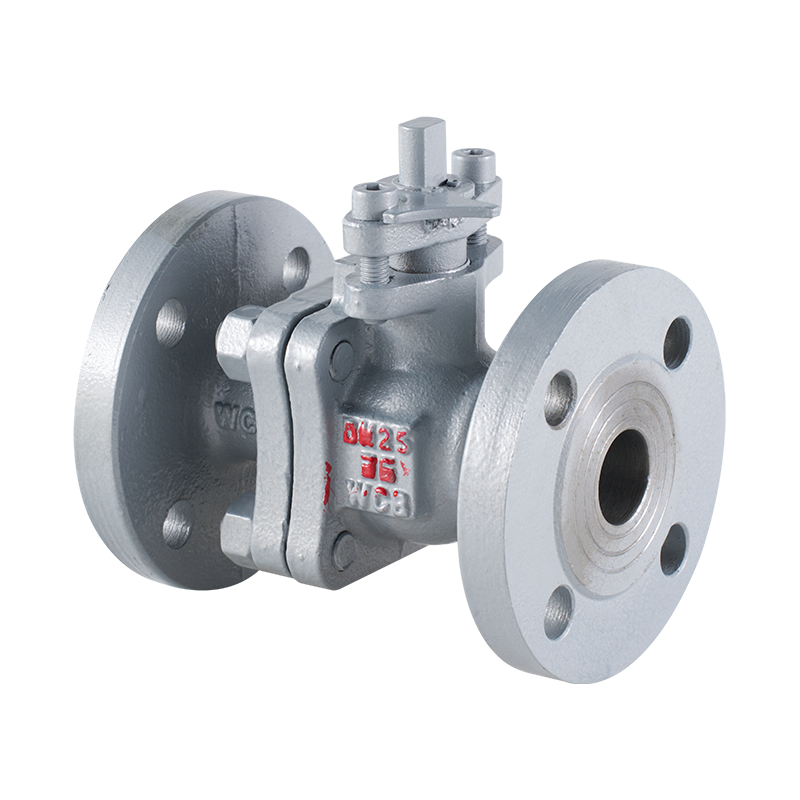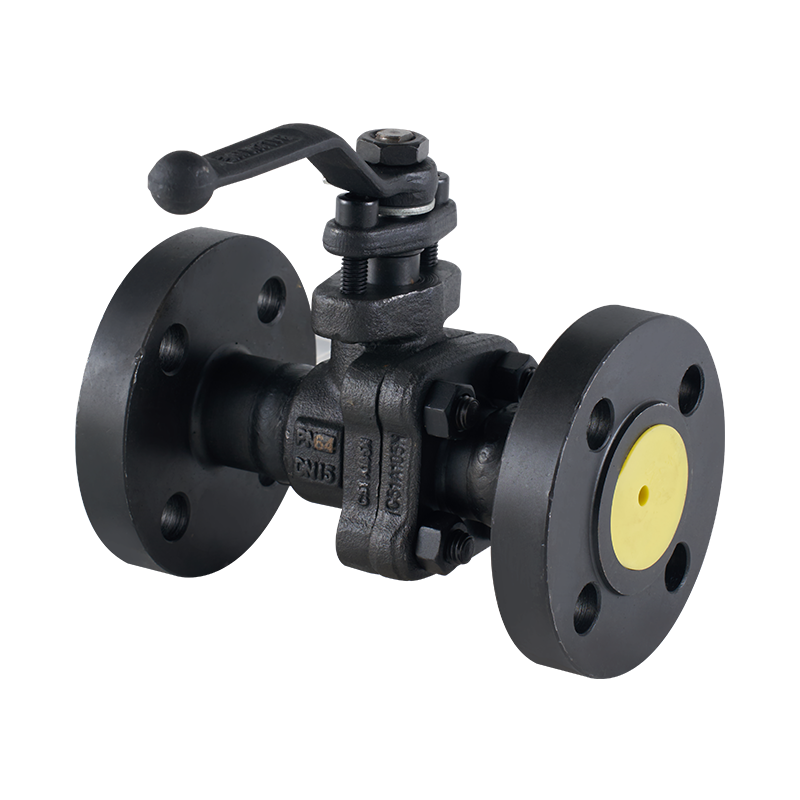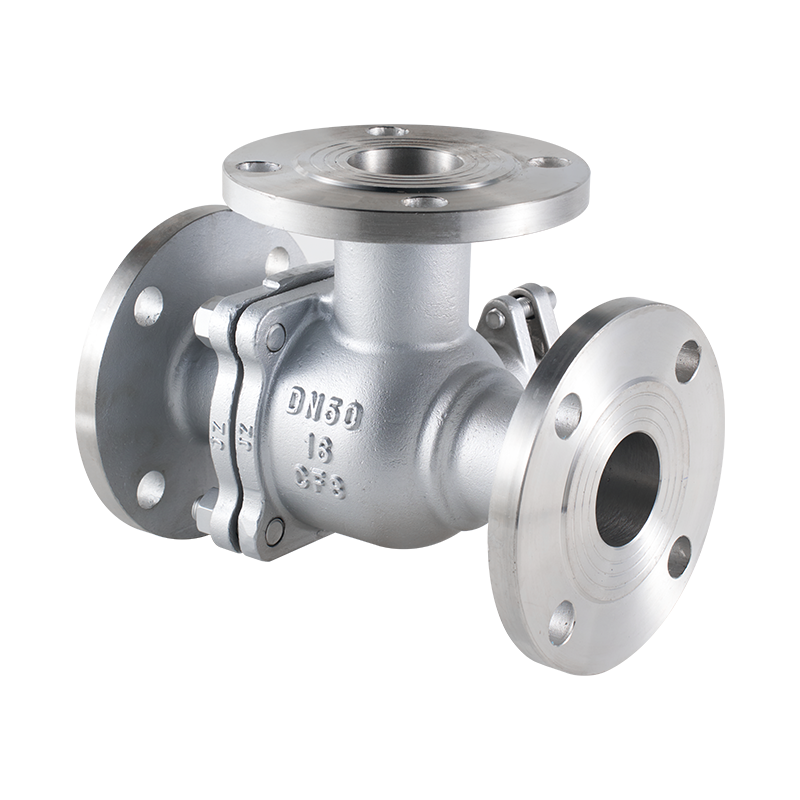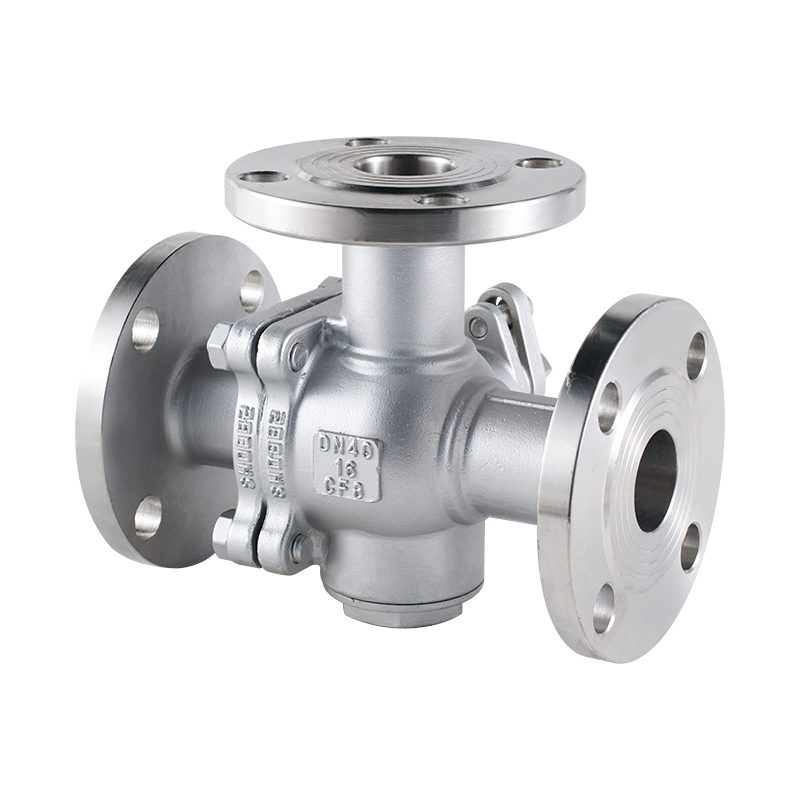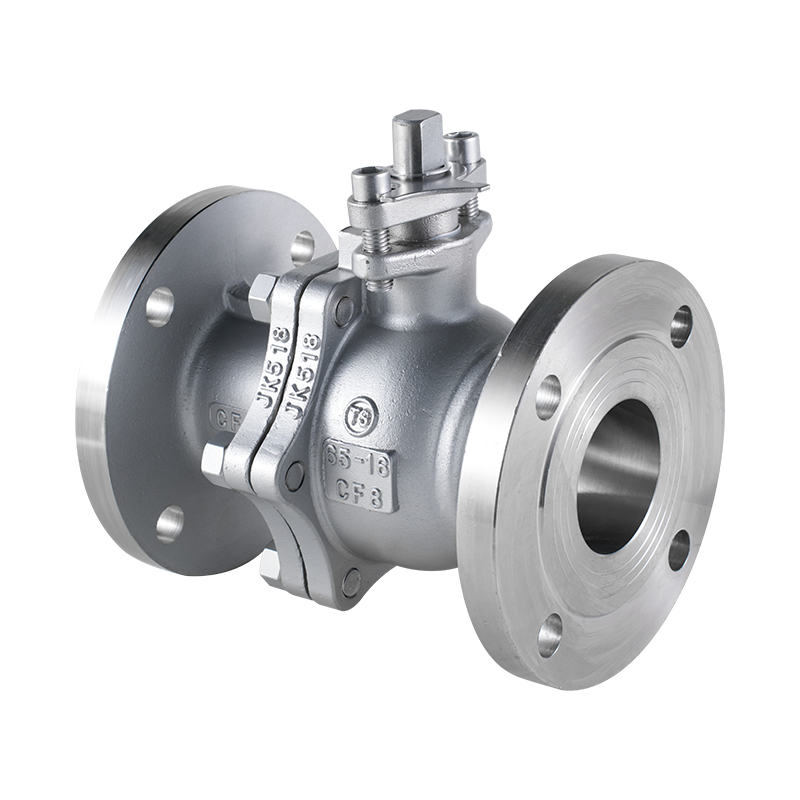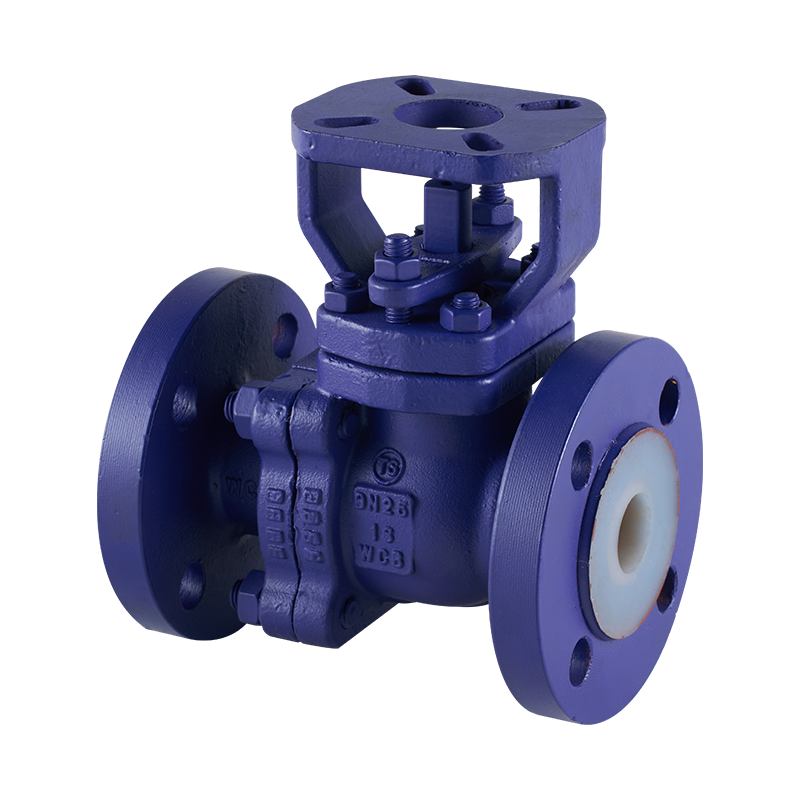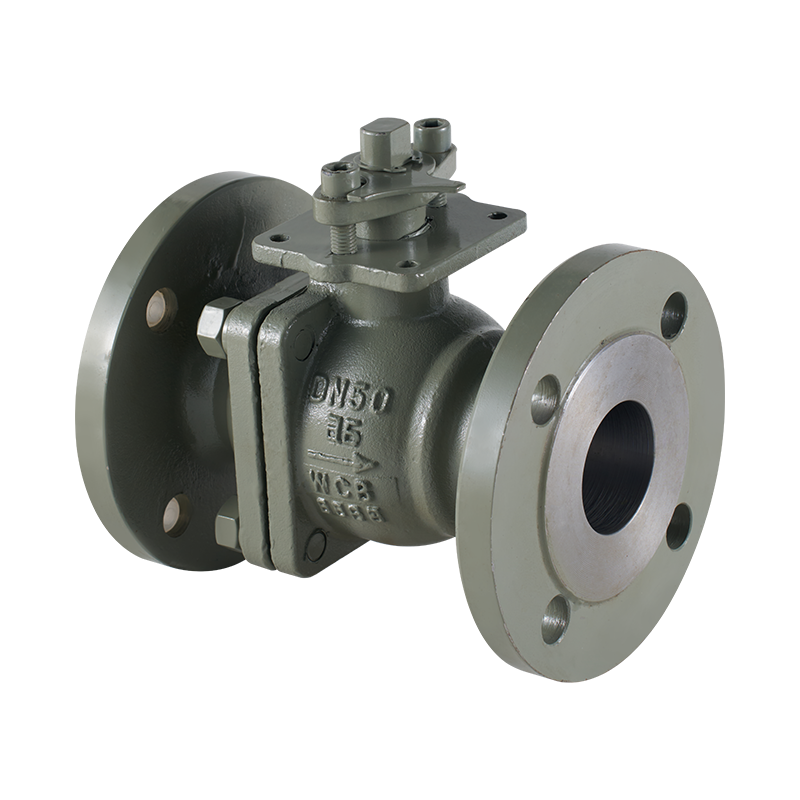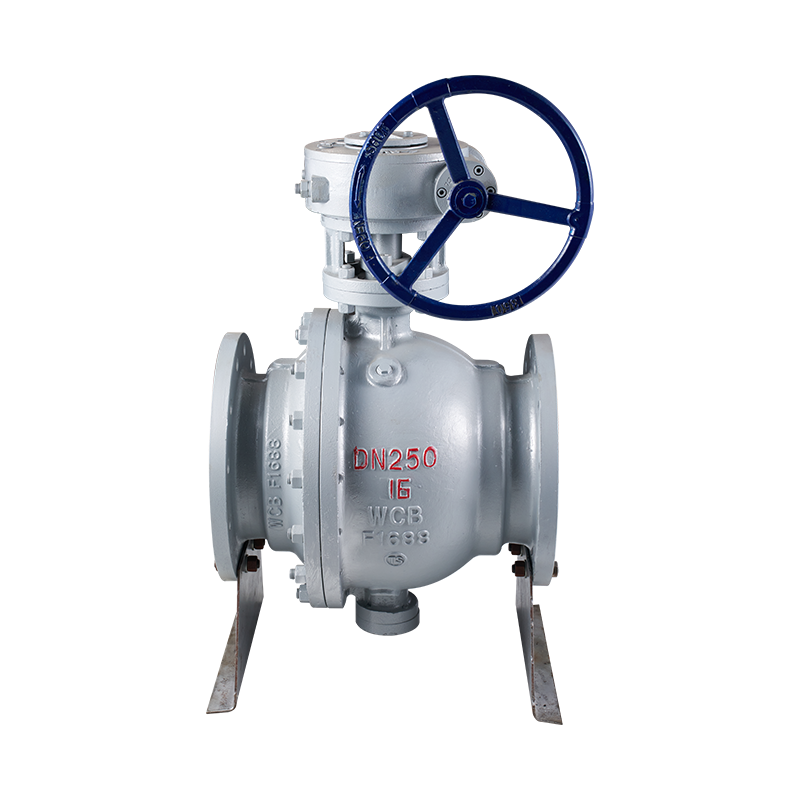Combining ANSI-compliant dimensions and pressure classes with cast steel material ensures that the resulting strainer isn’t just a generic Y strainer, but one engineered to perform under tougher conditions. The ANSI Y Type Strainer label gives assurance of dimensional and flange compatibility, while Cast Steel Y Type Strainer implies robustness and structural integrity. This combination is what truly unlocks many of the following benefits.
Major Benefits of Y Type Strainers
1. High Mechanical Strength & Structural Integrity
One of the foremost benefits of a Cast Steel Y Type Strainer built to ANSI Y Type Strainer specifications is enhanced mechanical strength:
Cast steel offers good toughness, allowing the valve to resist internal pressures, vibrations, impacts, and cyclic loads without cracking or deforming.
Especially in systems with pressure surges or pulsations, a cast steel body resists fatigue better than more brittle materials.
When matched to ANSI pressure classes (e.g. ANSI 150. 300. 600), the wall thicknesses and reinforcement can be designed precisely to meet stress requirements.
Thus, you get a strainer that stays stable and dependable under rugged operating conditions.
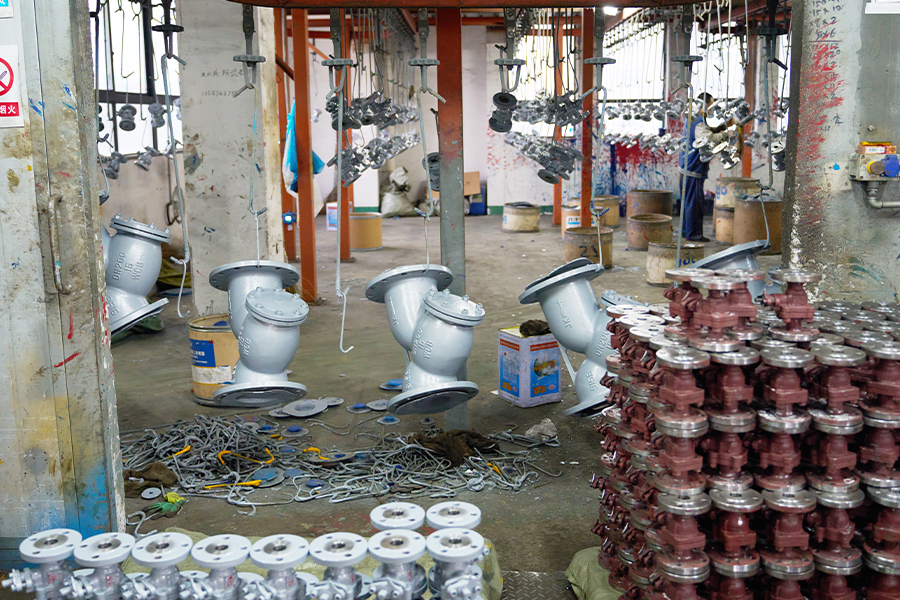
2. Temperature and Pressure Resilience
Another powerful benefit is the resilience under elevated temperatures and pressures:
Cast steel can generally maintain strength at higher temperatures than many cast irons or basic carbon steels.
In steam, hot oil, or gas lines, a Cast Steel Y Type Strainer constructed with proper alloying can sustain ANSI class ratings across a wide temperature range.
For instance, some ANSI cast steel strainers handle temperatures from –29 °C up to +425 °C.
This capability broadens the application scope—especially for thermal services or high-pressure processes.
3. Compatibility with ANSI Standards & System Integration
By remaining compliant with ANSI Y Type Strainer design standards, a cast steel strainer can integrate smoothly with existing systems:
Standard flange dimensions (per ASME/ANSI B16.5 or B16.47) ensure bolt patterns, gasket dimensions, and face-to-face lengths match the rest of the piping network.
Being ANSI-compatible simplifies retrofits and replacements without re-engineering connection interfaces.
Such compatibility reduces installation errors, misalignments, and leakage risk.
4. Lower Pressure Drop and Flow Efficiency
A well-designed ANSI Y Type Strainer in cast steel construction ensures flow efficiency:
The Y-shape is favorable because it allows the fluid path to remain relatively direct and avoids sharp turns, leading to lower pressure drop.
Cast steel allows you to engineer larger cross-sectional areas or thinner walls (for the same strength) to keep the obstruction minimal.
With a higher open-area ratio (screen or perforation area vs. flow area), flow losses are minimized — critical in high-flow systems.
5. Durability, Longevity, and Lower Maintenance Frequency
Durability is a central benefit:
Cast steel resists mechanical wear, fatigue, and distortion over long service cycles better than many alternatives.
The maintenance cycles can be more spaced out, reducing downtime and labor costs.
The rigid body helps maintain sealing integrity longer, reducing the chance of leakage or performance degradation over time.
6. Versatility and Application Flexibility
Pairing ANSI Y Type Strainer design with cast steel material also gives you flexibility in diverse applications:
You can choose different internal screen materials (e.g. stainless steel, alloyed screens) while retaining the rugged cast steel shell.
The same basic body form can be adapted to various pressure classes, sizes, and service conditions.
The strainer can be installed in horizontal or vertical orientations (with the screen leg facing downward) thanks to the structural stability of cast steel.

 English
English 中文简体
中文简体


